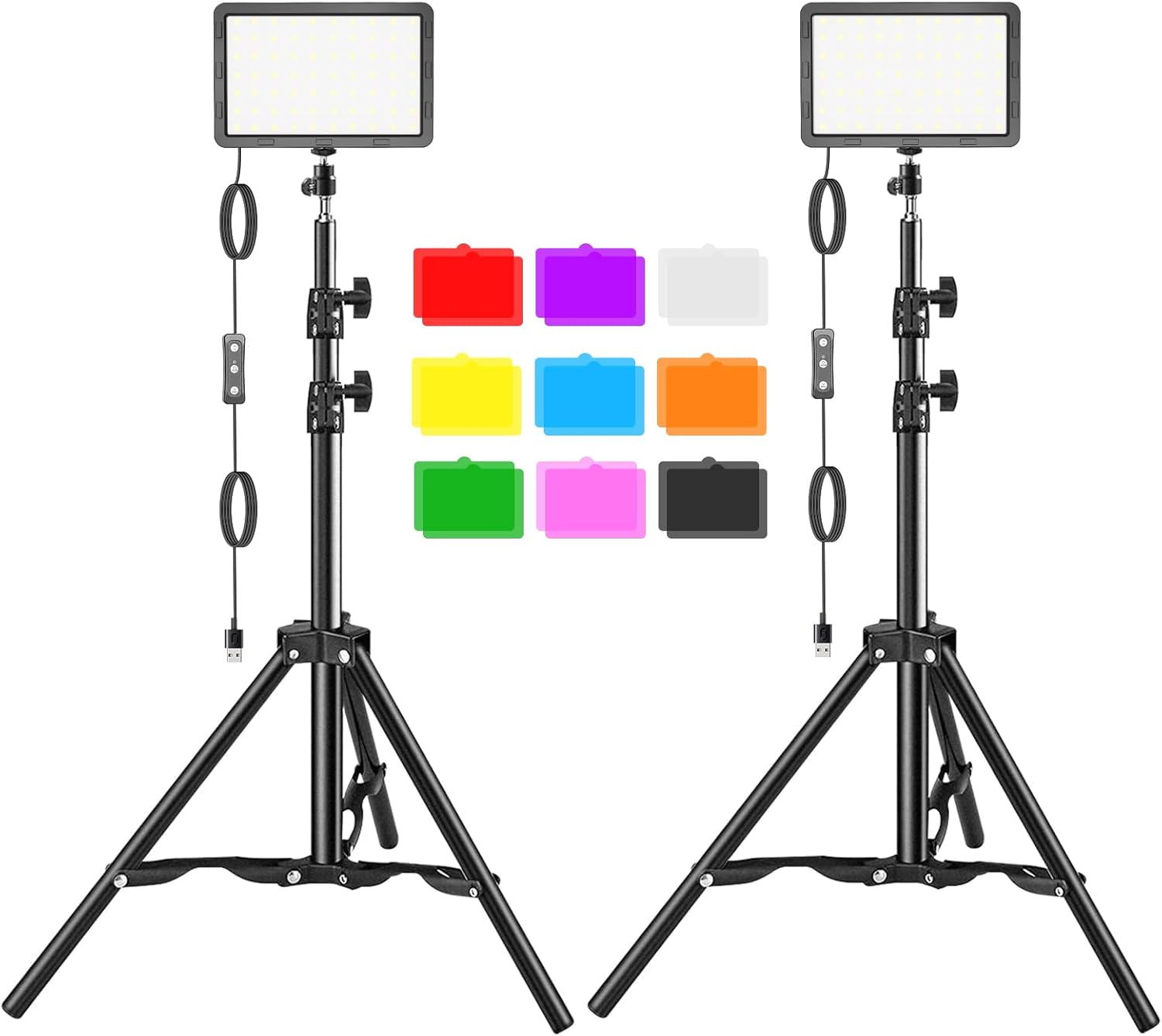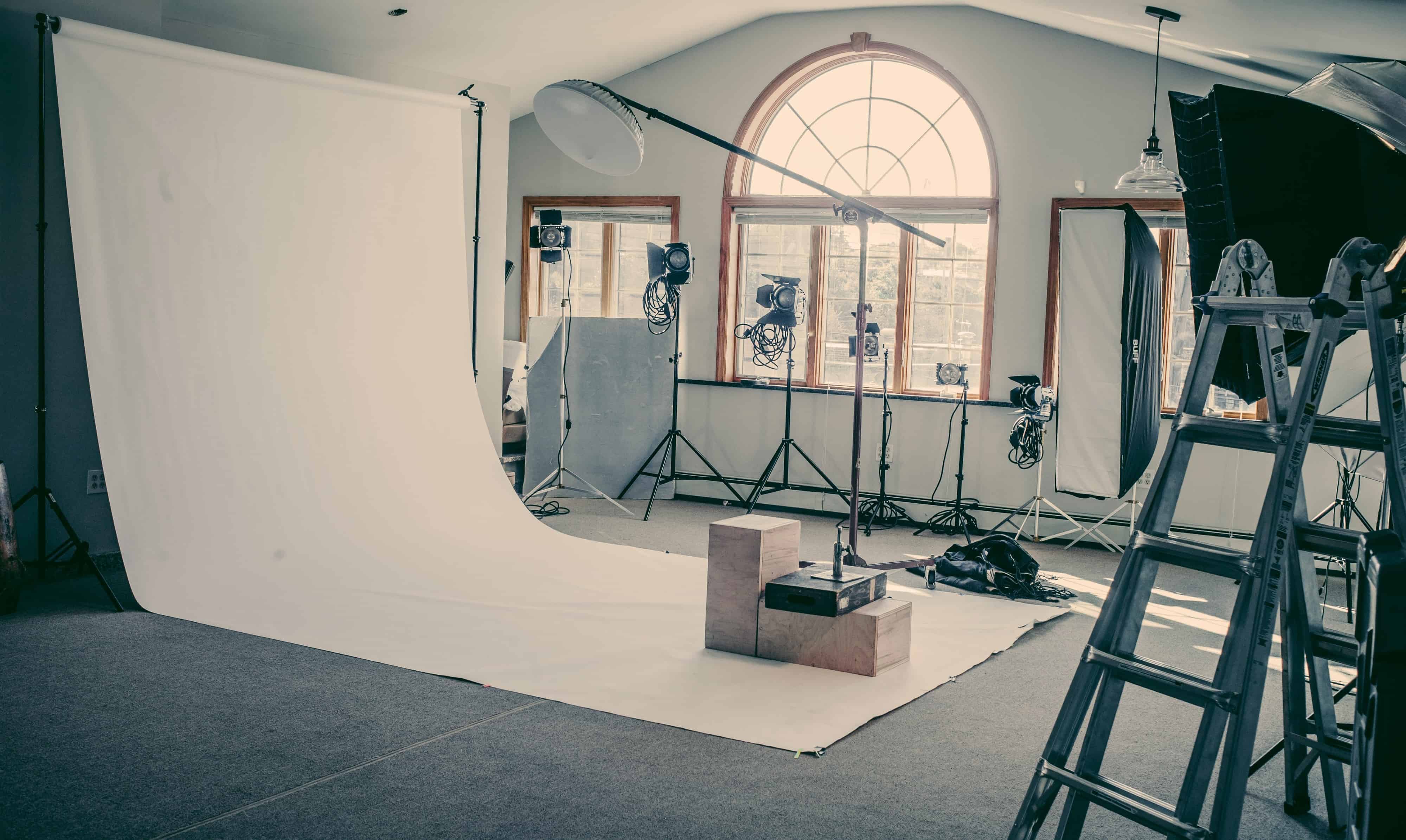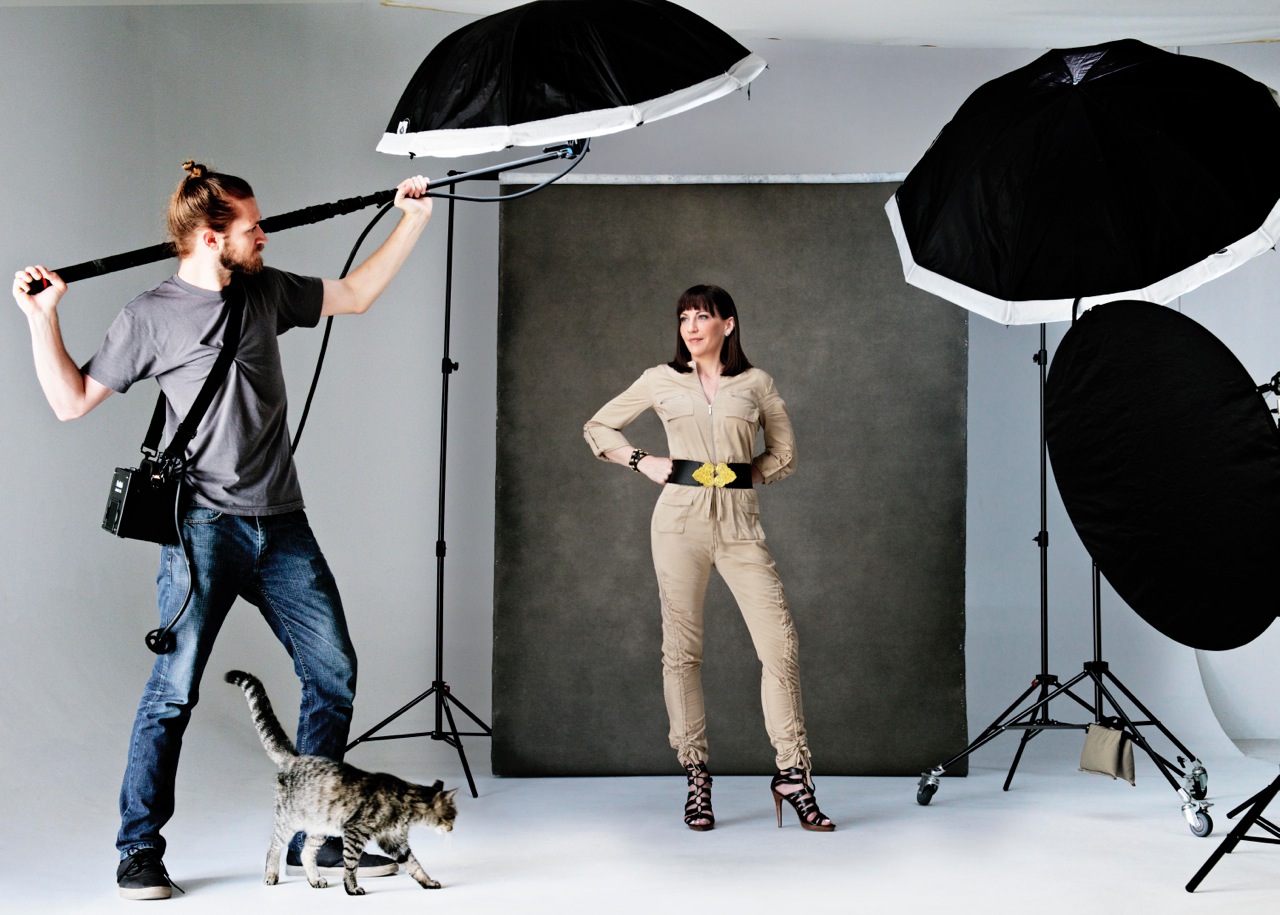What is Lighting Techniques in Photography: Elevate Your Skills?
The art of **photography** is uniquely intertwined with the concept of **lighting**. For professional photographers, the phrase **what is lighting techniques in photography** becomes a pivotal question that dictates the quality of their work. Understanding various lighting techniques can transform a simple snapshot into a breathtaking image.
Lighting techniques act as the building blocks of photography. Whether capturing the intensity of a moment or painting a serene landscape, the way one manipulates light can change everything. In this article, we will delve deeply into the various techniques, applications, and tips for incorporating light effectively in your photography.

The Importance of Lighting in Photography
The significance of **lighting** in photography cannot be overstated. Lighting not only helps in illuminating the subject but also adds mood, tone, and atmosphere. Photographers who understand how to control lighting can communicate emotion, create drama, and emphasize textures.
Moreover, different types of lighting techniques can help you achieve specific styles. Whether it is **natural light**, **artificial light**, or a combination of both, mastering lighting can elevate your photography to new heights.

Types of Lighting Techniques
Natural Lighting Techniques
Natural light comes from the sun and varies based on the geography and time of day. Photographers often utilize natural light for outdoor shoots. The golden hour, which occurs shortly after sunrise or before sunset, is regarded as the best time for capturing images due to the soft, warm light it provides.
Artificial Lighting Techniques
Artificial lighting, on the other hand, involves using studio lights, flash guns, or any man-made light source. Photographers can adjust the intensity, angle, and position of artificial lights to create dramatic effects and control shadows.

Key Lighting Techniques to Master
1. Split Lighting
In **split lighting**, the light source illuminates only half of the subjects face, creating a dramatic effect. This technique is ideal for creating striking portraits, emphasizing facial features, and evoking emotions.
2. Rembrandt Lighting
Named after the famous painter Rembrandt, this technique involves an arrangement where light hits one side of the face while causing a characteristic triangle of light to appear on the opposite cheek. This lighting method is popular in portrait photography.
3. Backlighting
Backlighting occurs when the light source is behind the subject, allowing for a dreamy effect and highlighting outlines and shapes. This technique often creates stunning rim lights and can be beautiful in both portraits and landscapes.
4. Soft Lighting
Soft lighting minimizes harsh shadows and provides a gentle and flattering illumination. It is often used in portrait photography to create a more appealing look.
5. Hard Lighting
In contrast, hard lighting creates strong shadows and highlights. This technique can be used to create dramatic effects and textures.

How to Use Lighting Equipment
Photographers can use various equipment to manipulate light. Here are some essential tools:
1. Softboxes
Softboxes diffuse the light source, allowing for softer shadows and a more even glow. They are typically used in portrait photography.
2. Umbrellas
Similar to softboxes, umbrellas can bounce or diffuse light, offering flexibility in lighting your subject.
3. Reflectors
Reflectors help in bouncing light back onto the subject. They are an inexpensive and versatile tool for gaining additional light in specific areas.
Practical Photography Tips
To put these **lighting techniques in photography** into practice, consider these tips:
1. Experiment with Different Situations
Dont be afraid to play with various lighting setups and environments. Each situation offers unique opportunities for creativity.
2. Always Look for the Light
Train your eye to see how different light interacts with subjects. Understanding the available light can transform a good shot into a great one.
3. Follow the Focal Point
Consider where you want the main focus of your photograph to be. Adjust your lighting accordingly to highlight your subject.
Real-World Applications of Lighting Techniques
Lighting techniques are applicable in various genres of photography. From **portraiture** to **landscape photography**, each area can benefit from mastering these skills.
For instance, in product photography, lighting is crucial for showcasing details, colors, and textures. A well-lit product photo can drastically increase its appeal to potential buyers. For a deeper dive into **product photography lighting**, check out this resource.
Common Challenges and How to Overcome Them
1. Dealing with Low Light Conditions
Low-light situations are challenging but manageable. Increase the ISO, use a larger aperture, or employ a tripod to stabilize the shot.
2. Harsh Shadows
When faced with harsh shadows, try to soften the light using diffusers, reflectors, or shifting the light source.
3. Inconsistent Lighting
Inconsistent lighting can cause misinterpretations in color and tone. Use a gray card to set correct white balance during edits and in-camera settings.
Conclusion
Understanding **what is lighting techniques in photography** is vital for any professional photographer. Mastering these techniques allows you to enhance your artistic vision, take breathtaking images, and ultimately tell compelling stories through your lens. Practice is keyexperiment, learn from mistakes, and challenge yourself to grow.
FAQs
1. What is the best type of lighting for portrait photography?
Soft lighting is typically the best for portrait photography as it provides a flattering appearance by minimizing shadows.
2. How can I improve my lighting skills?
Practice consistently, experiment with different techniques, and analyze your work to understand where improvements can be made.
3. Are natural light and artificial light interchangeable?
While they can achieve similar results, each type of light has its characteristics. Mastering both allows you to choose the best option based on your subject and setting.
As an Amazon Associate, I earn from qualifying purchases.

